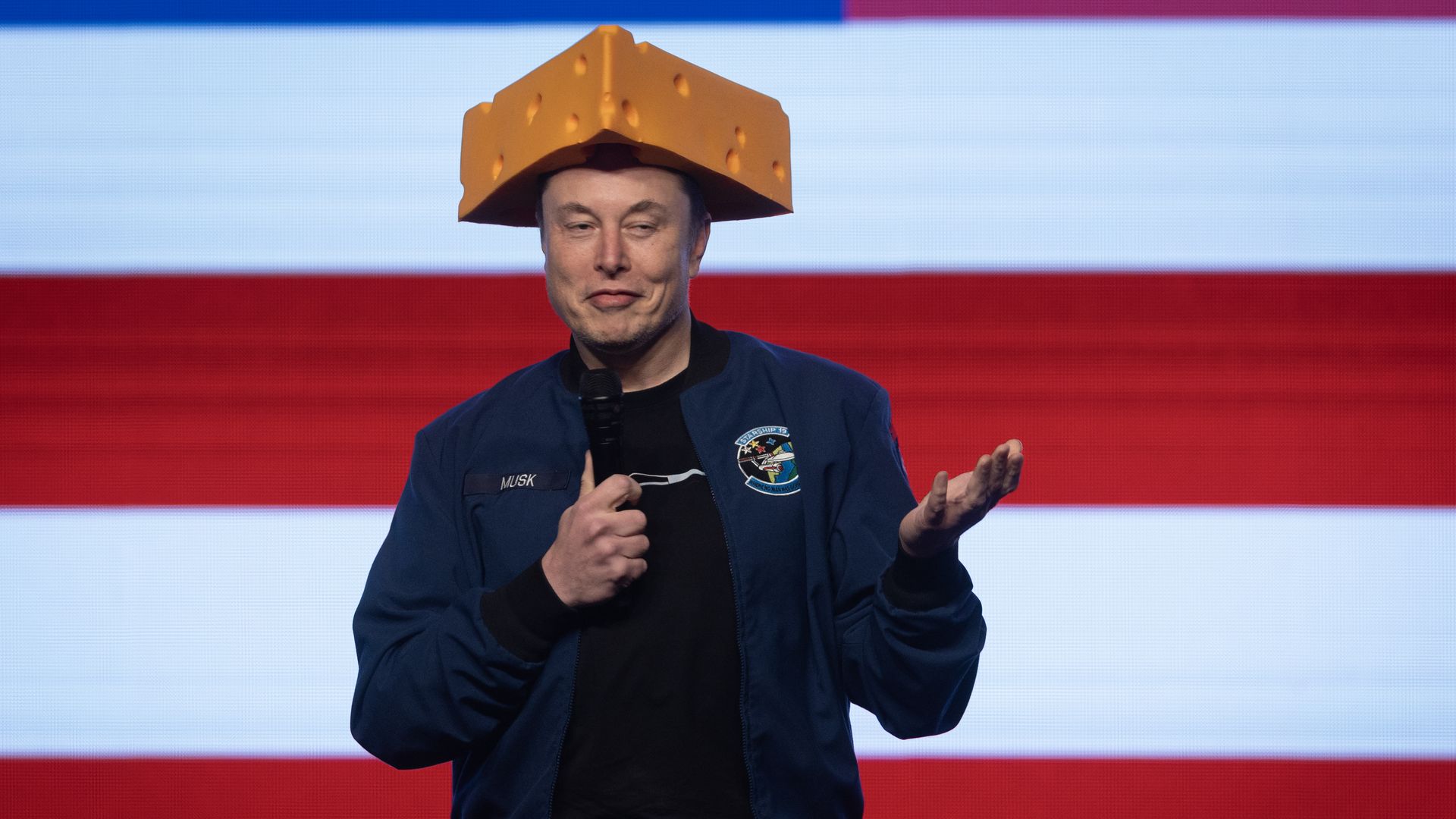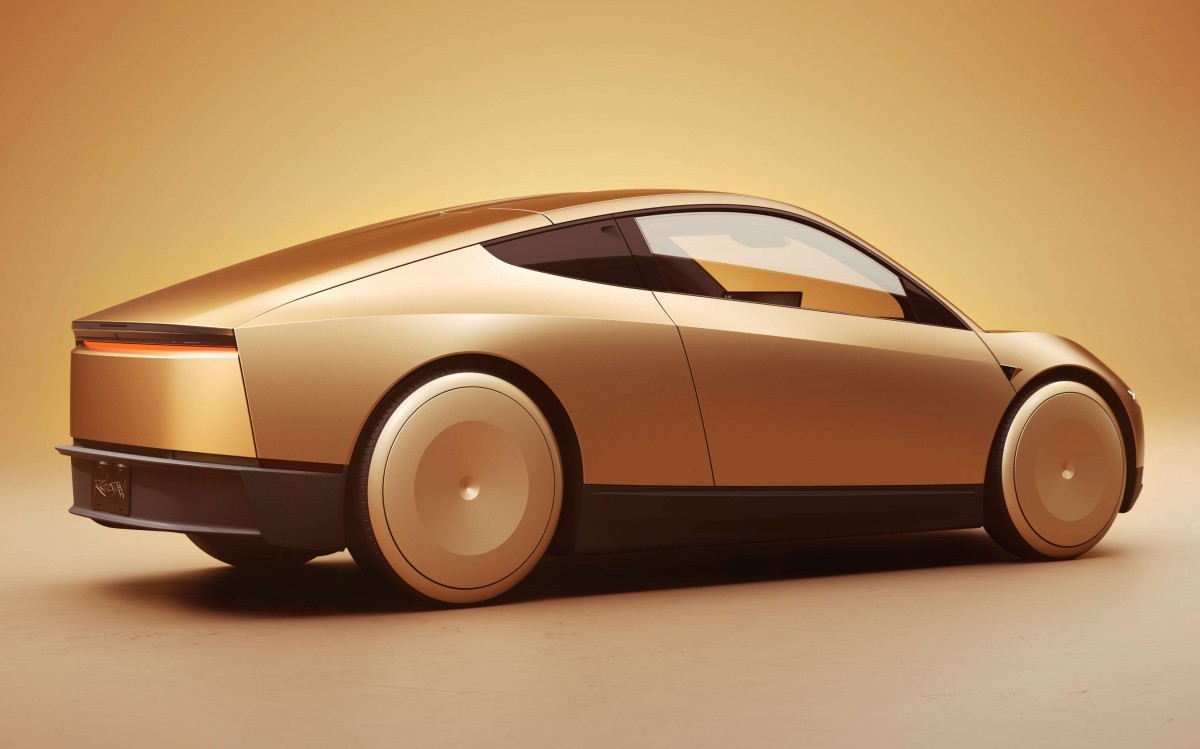
Tesla’s bold vision for autonomous vehicles is set to make a tangible leap this summer as CEO Elon Musk confirmed that Tesla robotaxis will launch in Austin, Texas, in June. Musk revealed in a recent CNBC interview that the company plans to initially deploy a small fleet of about 10 robotaxis for a trial week, followed by rapid scale-up to 1,000 vehicles cruising Austin streets within a few months.
This ambitious rollout marks a critical milestone in Tesla’s ongoing mission to revolutionize urban mobility through full self-driving technology and robotaxi services.
The plan to flood Austin’s roads with self-driving Tesla vehicles is not just a local experiment but a strategic launchpad for a broader national push. Musk indicated that after Austin’s initial deployment, Tesla intends to expand its robotaxi service to other major cities, notably San Francisco, which has long been a hub for autonomous vehicle testing and innovation.
Looking further ahead, Musk predicted that by the end of 2026, there could be more than 1 million self-driving Tesla vehicles operating across the United States.
Tesla’s ambitions, however, are tempered by regulatory and technical hurdles. The Austin launch will be highly limited at first, operating on public roads but only accessible through an invite-only system, according to remarks Musk made during Tesla’s April 22 earnings call and subsequent discussions with analysts. Unlike some competitors who have pioneered fully autonomous ride-hailing services, Tesla plans to rely on “teleoperators” — remote employees who can intervene to assist the vehicle when needed, especially in complex driving situations.

While competitors such as Waymo and Zoox also use remote operators, the precise extent and nature of Tesla’s teleoperation remain somewhat unclear.
Musk highlighted that regulatory approval for robotaxis varies dramatically across states and even cities, a patchwork approach that complicates Tesla’s national ambitions. Texas and California, two key markets, have different rules governing autonomous vehicles, and Tesla has yet to receive full regulatory clearance to deploy robotaxis in California.
Musk described the approval process as “very haphazard” and stressed the urgent need for nationwide self-driving car regulations to ensure broader rollout and operational consistency.
One major concern Tesla faces relates to vehicle safety and reliability in the complex environments robotaxis must navigate. Business Insider recently conducted a side-by-side test of Tesla’s Full Self-Driving Supervised software against Waymo’s autonomous system in San Francisco. The Tesla robotaxi reportedly ran a red light at a complex intersection, raising questions about the readiness of Tesla’s software for urban deployment.
Musk dismissed this test as making “no sense” but acknowledged that Tesla’s robotaxis will be “geo-fenced” — meaning the vehicles will be restricted to carefully selected zones within Austin where the software’s performance meets strict safety confidence thresholds.
If an intersection or route is deemed too risky, the Tesla robotaxi will simply avoid it by rerouting.

Tesla’s robotaxi service represents a critical revenue opportunity as the company seeks to diversify beyond vehicle sales. By creating a fleet of self-driving vehicles that can provide rides on demand, Tesla hopes to tap into the rapidly growing mobility-as-a-service market, which analysts forecast will reach hundreds of billions of dollars globally in the coming decade.
If successful, Tesla’s robotaxis could drastically reduce the cost of ride-hailing and disrupt established players like Uber and Lyft by offering a fully autonomous, electric alternative with potentially lower operating costs.
However, the path ahead is fraught with challenges. Musk’s past predictions about robotaxis have proven overly optimistic, with the original claim in 2019 that Tesla would have more than 1 million robotaxis on the road by the end of that year falling short. Musk himself admitted his “punctuality is not my strong suit,” a candid acknowledgement of the technological and regulatory complexity involved in perfecting full self-driving vehicles.

Technically, Tesla’s approach is distinctive. Unlike competitors who use LIDAR sensors and complex mapping, Tesla relies on cameras, radar, and neural network software to interpret the driving environment. This “vision-first” strategy has attracted both praise for its innovation and skepticism for its riskiness, as sensor accuracy and software reliability are crucial for safety in real-world conditions.
The Austin deployment will be an important test of whether Tesla’s approach can scale safely and efficiently.
From a financial perspective, Tesla’s push into robotaxis reflects CEO Musk’s vision of transforming the company from an electric car manufacturer into a full-scale autonomous technology provider. Investors have shown growing interest in Tesla’s self-driving ambitions, viewing the robotaxi fleet as a potential long-term cash cow with high margins and recurring revenue. The rapid ramp-up to 1,000 vehicles in Austin will be a closely watched indicator of Tesla’s execution capabilities and the commercial viability of its autonomous driving technology.
The invite-only nature of the initial launch will limit short-term revenue impact but serve as a valuable data-gathering phase to refine Tesla’s software and operational protocols. This cautious approach is understandable given the safety-critical nature of fully autonomous driving and the reputational risks of premature deployment.

In conclusion, Tesla’s robotaxi rollout in Austin next month represents a landmark moment in the company’s ambitious quest for autonomous vehicle dominance. Elon Musk’s confidence in scaling to 1,000 vehicles quickly reflects Tesla’s technological progress and strategic urgency.
Yet regulatory hurdles, safety challenges, and the complexity of real-world urban driving remain significant obstacles to achieving Musk’s vision of a million robotaxis operating nationwide by 2026. The coming months in Austin will be crucial to proving whether Tesla’s unique approach to self-driving can deliver on its promise to revolutionize urban transportation and redefine the future of mobility.
If Tesla’s robotaxis succeed in Austin, the company could unleash a new era where electric, autonomous vehicles dominate the streets, lowering transportation costs, reducing traffic accidents, and accelerating the shift away from fossil fuels. But the stakes are high.
Any missteps or accidents could prompt regulatory backlash and damage consumer trust in self-driving technology more broadly. The industry will be watching closely as Tesla moves from ambitious promise to tangible reality on the roads of Austin this June.
-1747904625-q80.webp)

-1749482411-q80.webp)
-1747889572-q80.webp)